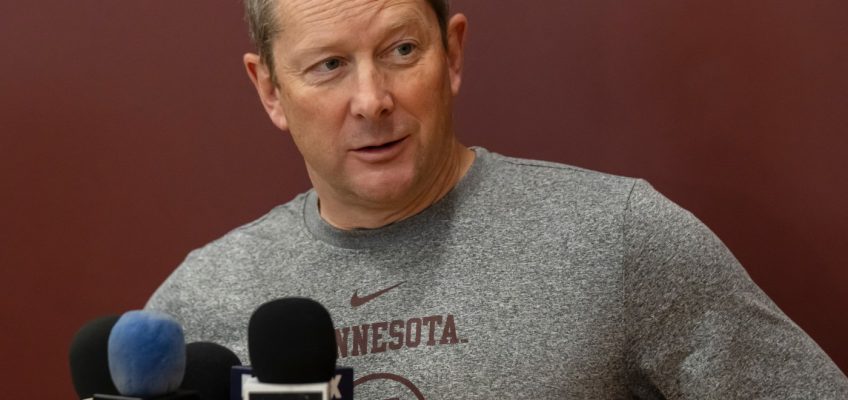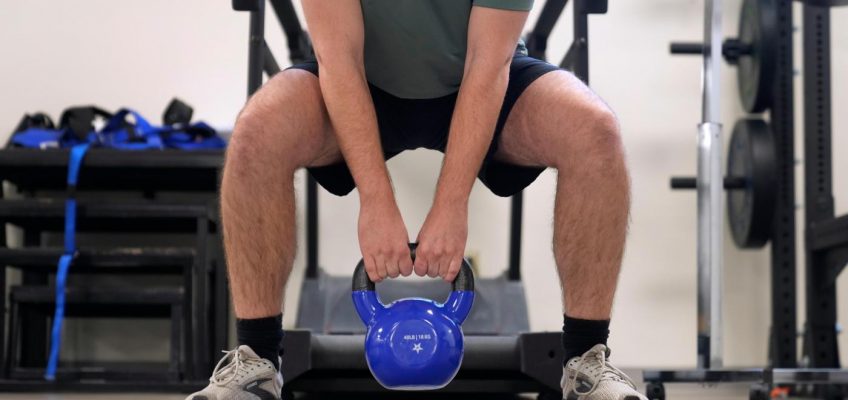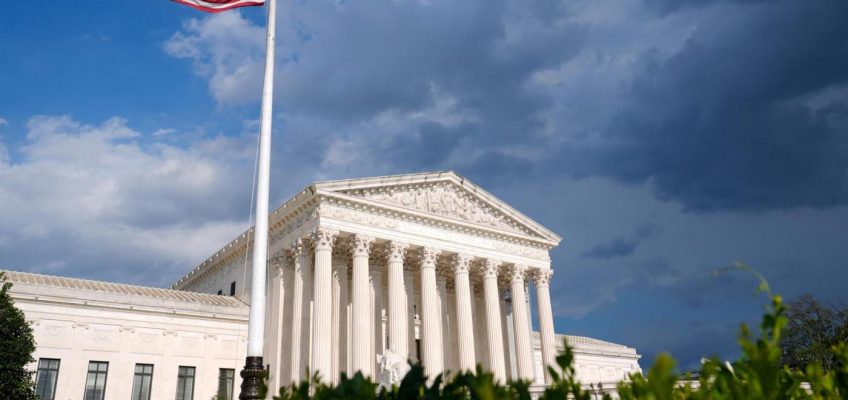With a new head coach and 13 different players in the Gophers men’s basketball program this season, there will be a longer acclimation process needed for fans this fall. And that’s saying something in the already transient era of the NCAA transfer portal.
Head coach Niko Medved and two players — Isaac Asuma and Jaylen Crocker-Johnson — tried to share Thursday what the Gophers identity will be and who some key players are during their appearances at Big Ten Media Day in Rosemont, Ill.
Asuma is one of only two players who returned to the U after coach Ben Johnson was fired last March. The sophomore guard from Cherry, Minn., said it took only one conversation with Medved to keep his name out of the portal.
“Just saw the vision he had for the program, and I want to be a part of that,” Ausma told Big Ten Network. “I think that he has a special future in sight.”
Jaylen Crocker-Johnson played for Medved at Colorado State and the 6-foot-8 junior forward transferred away from Fort Collins, Colo., to follow his former coach to Minnesota.
“At CSU, we built a strong relationship throughout the (years), just on and off the court, just building that bond,” Crocker-Johnson said on the Big Ten network’s coverage of Thursday’s event. “And I already knew right then and there, as soon as he left, I wanted to go with him.”
The first glimpse of Medved’s team will come at the Maroon and Gold Scrimmage at 2:30 p.m. Saturday at Williams Arena. It starts four hours before the Gophers football team plays Purdue across the street at Huntington Bank Stadium.
The next two chances will be home exhibition games against North Dakota State (Oct. 16) and North Dakota (Oct. 25). The season opener is Nov. 3 against Gardner-Webb at The Barn.
Medved shared what he expects from his first squad, harkening to what he did at Colorado State. Last March, the Rams came within a buzzer-beater against Maryland from making the Sweet Sixteen of the NCAA Tournament.
“They played an unselfish brand,” Medved said on BTN. “You look at our teams across the board, they’ve always been among the leaders in the country in assists to field goals made. We’ve also been among the leaders in two-point field goal percentage, even though we haven’t been big. I think we cut well, we move it well, we put a lot of pressure on the paint.
“We’ve been a connected team defensively, that’s feisty, that scraps and a team, I hope, that pulls for each other. The places that we’ve been, we play a brand that our fans can get excited about cheering for, and that’s really our charge this year, it’s to start to build those things.”
The Gophers were picked to finish 16th in the 18-team Big Ten, according to the Columbus Dispatch-Indianapolis Star preseason poll released Wednesday. Last year, the Gophers finished in a five-way tie for 12th at 7-13 in league play.
Given the 87% roster turnover, Asuma and Crocker-Johnson were asked by host Raphael Davis which players have stood out in summer workouts and preseason practices.
“It’s really been a team thing, for sure,” Crocker-Johnson said. “Because we are trying to meet coach’s standards.”
But Crocker-Johnson went on to mention Western Michigan transfer Chansey Willis Jr., Northern Colorado guard Langston Reynolds and North Carolina forward Cade Tyson.
“Just like leading the break, being more of the older guys, trying to set a good example, leading on and off the court,” Crocker-Johnson said.
Related Articles
Gophers men’s basketball picked to finish 16th in Big Ten
Gophers men’s basketball looks to add to strong recruiting class
Q&A: Gophers AD Mark Coyle on budget deficit, revenue sharing and Big Ten expansion
Gophers men’s basketball lands bruising big man recruit from California
A top boys basketball prospect to visit Gophers this week




